To a provider, sometimes it can seem almost taboo and scary to consider raising their rates. In this post, we will set that fear aside and see when a raise childcare rates is almost mandatory.
Here I get into why after years of frustration and reluctance I finally realized that instead of selling myself and my business short, I needed to raise childcare rates.
I know you probably saw that title and thought “Wait! What?”. Because it sounds a little crazy to think that a provider would be forced to raise childcare rates. Especially with recent headlines like “The High Cost of Childcare”.
But hear me out!
Because in certain situations that’s exactly the case.
As I have said before, in the years since I started my childcare business, so many things have changed. Many things surrounding the business of childcare that has actually made me and other providers change the way we do things.
Competition is different
Back when I started my business, local preschools rarely accepted children under the age of 2. Not only that, the child needed to be potty learned as well.
This made family childcare homes like mine a booming business. Parents had almost no choice but to seek us out for their childcare needs.
Well, in the last 10 years that has changed.
More and more preschools not only accept younger children, many of them now have infant care programs. So for many family child care home providers, that has added to our competition. No longer are we just competing with other home providers, we are now competing with daycare centers as well.
Lower school rates
As if the competition for younger children wasn’t enough, many of the preschools in my area have lower rates for toddlers than at-home providers (more on that in a minute).
In recent years, I have had to lower my toddler rate just to stay competitive.
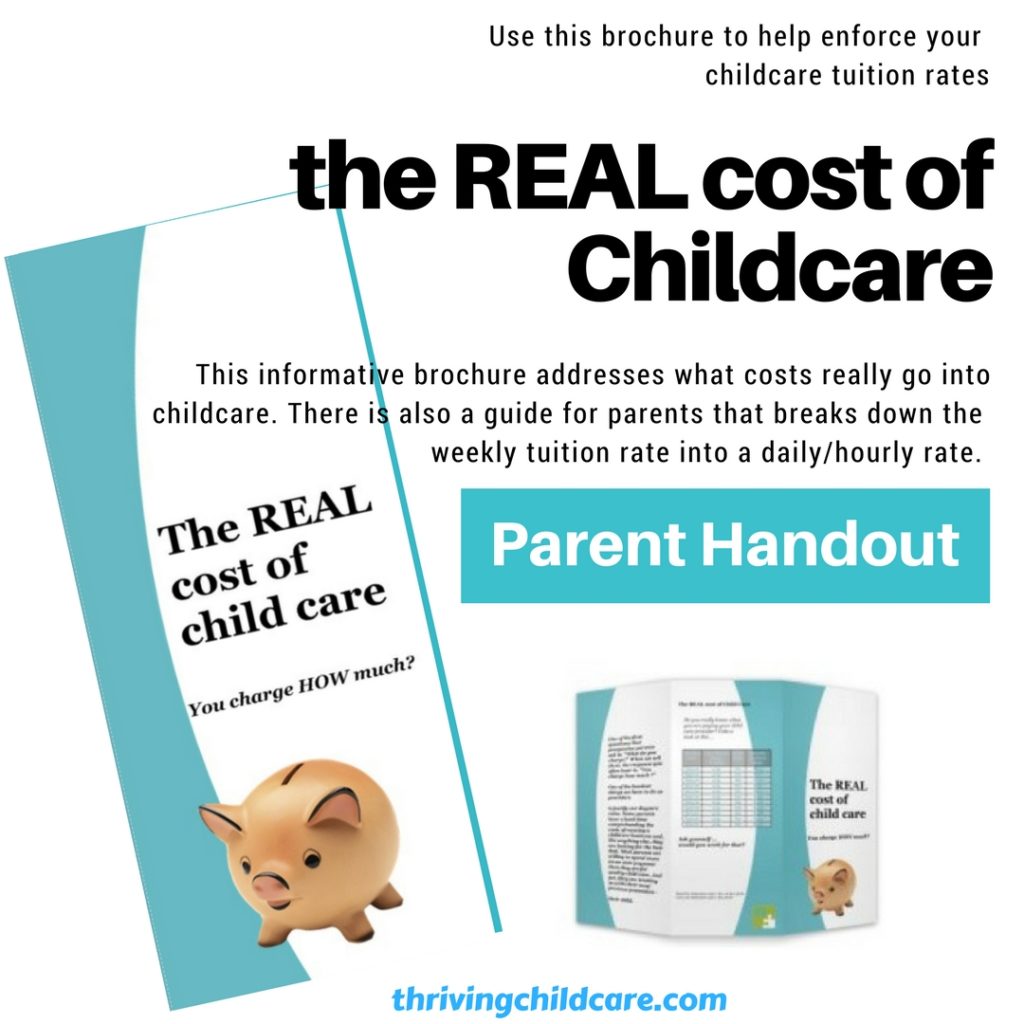
Capped enrollment
Adding to the equation is for many FCC’s their enrollment is capped by a maximum of infants and/or toddlers. Which means they can only bring in a certain amount of income.
Think of it this way; let’s say Vons is selling only two items. They can only sell those items for $5.00 & $10.00. And they only have 4 – $10 items and 10 – $5.00 items. That means no matter what Vons can only make a total of $90.
Even if Vons wanted to sell more items, they can’t. The law says they can’t sell anymore. They are capped and the maximum they can make is that $90.
Related Reading:
Help is more too!
Oh and one more thing to add to the mix; hiring help is more.
That’s right!
Many assistants are requiring higher hourly wages. Which makes sense. I mean if McDonald’s is paying $15/hr to flip burgers, why should someone accept $11/hr to work with children.
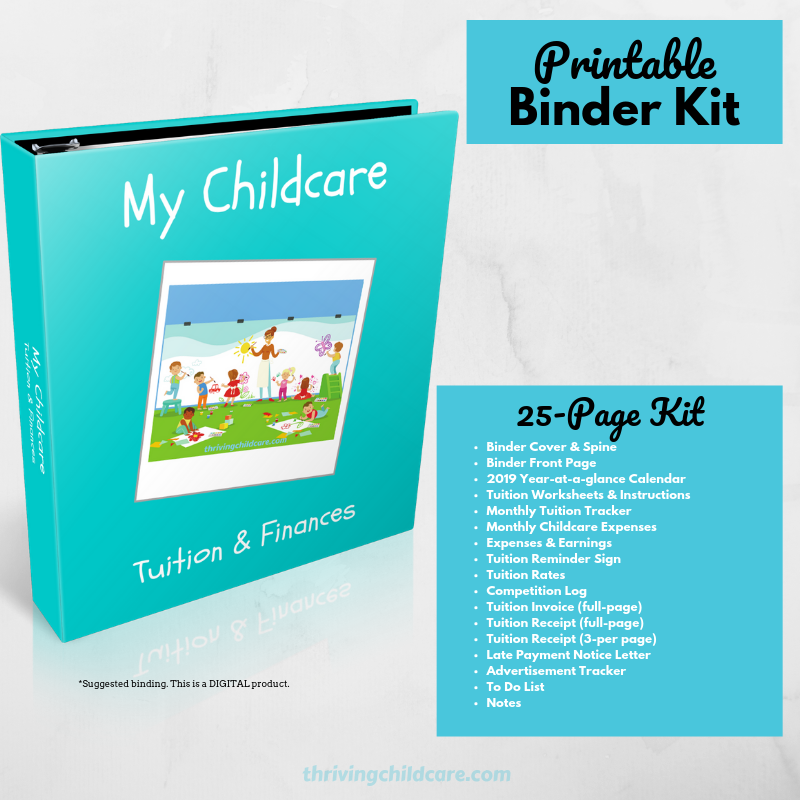
The Snowball Effect
All this has had a snowball effect on many providers. It looks something like this –
A provider enrolls an infant, which in my state goes to age 2 years. But by the time the second birthday rolls around, the parents withdraw the child to place them in the “real” preschool down the road. Which by the way is less than the home provider’s rates because they can afford to offer lower rates based on their larger enrollment.
Even if the provider is able to retain the client, they are almost forced to lower their rate to at least equal to the school’s rate to remain competitive.
If the provider is not able to keep the client, they will lose that income. Which in turn reduces the overall budget for their program. This might lead to, among other things, not being able to support their assistant’s salary.
It’s this back and forth, that many providers find themselves in very competitive markets.
Related Reading:
So what to do?
In recent years, many providers have actually closed up shop and gotten out of the childcare game altogether. Which is unfortunate. But is there a way to stay competitive and survive in a super-competitive market?
Yes!
And although it might sound counterproductive, what many providers realize is that instead of reducing their rates to stay competitive – they actually may need to raise their rates.
Wait! What? (there you go again) How’s that gonna work?
Here’s how – instead of trying to undercut the competition, a better strategy could be to make the most out of the advantage that you have.
Taking that same Vons example of the two items – Instead of selling those items for $5.00 & $10.00 they increase to $15.00 & $30.00. They still only have 4 – $30 items and 10 – $15.00 items. But now instead of only being able to make $90, Vons can make $270.
In fact, by only selling the 4 – $30 items they will already have made more than $90 even if they don’t sell a single $15 item.
You still with me?
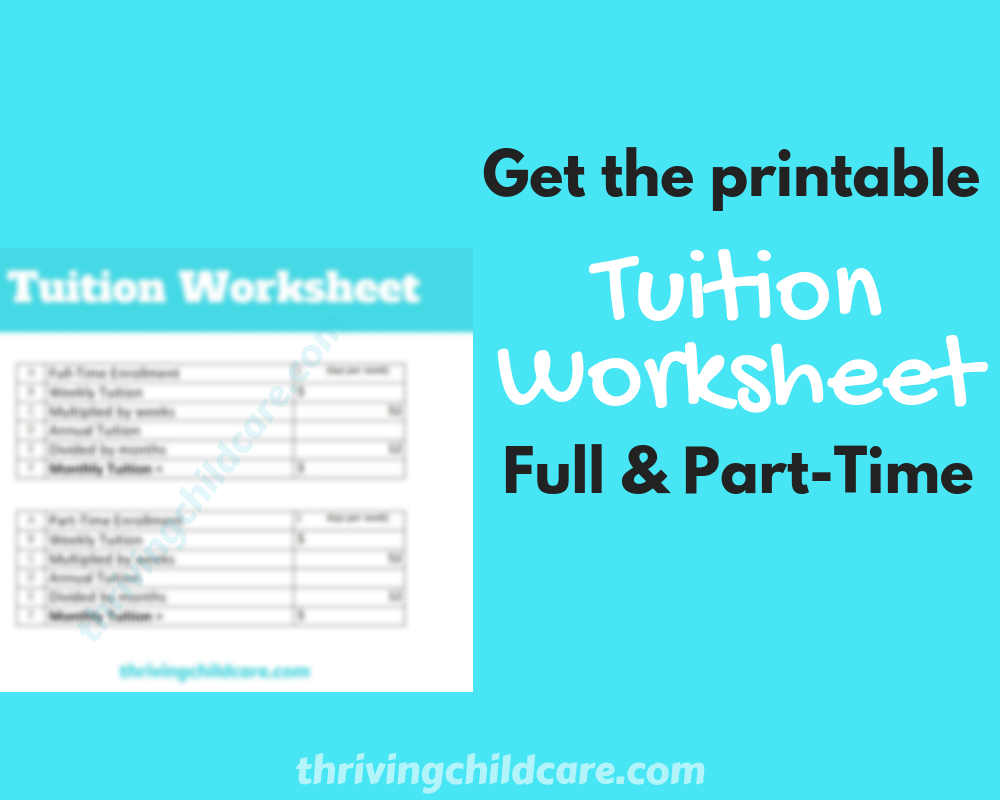
Raise childcare rates?
Ok, let’s bring this back to the childcare world. If a provider were to raise their rates for only a certain part of the enrollment, i.e. infants it might be possible to sustain their program. Even if the toddler enrollment takes a dip.
It’s all about maximizing your assets.
Now I know you might be thinking “But what if no one wants to pay the increased rate?”
Great question! It’s actually the one that I wrestled with for a really long time. I was certain that increasing my rates would send potential clients running for the hills (or the preschools).
But you know what?
I was wrong! I found out that parents are less likely to want to put their infant child in a larger setting and prefer a more intimate environment. They want to feel that their baby is getting more attention and my smaller setting is a more logical choice.
And since my setting is more desirable it should come at a premium price.
That being said, raising the infant rate does also allow for tweaks or a slight reduction if need be. As well as possible adjustments to the toddler rate.
On Facebook, a provider once commented, “If you are not making enough, you are not charging enough.” And she was right.
There are many considerations to look at before a provider may decide to raise childcare rates. But sometimes that may be exactly what needs to be done.

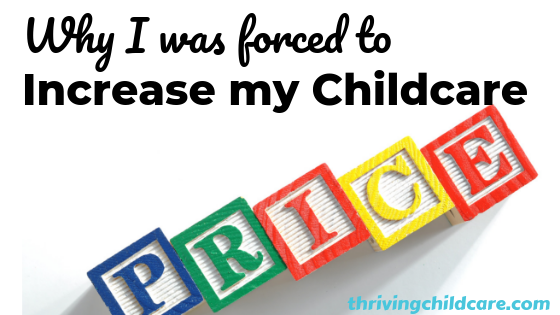
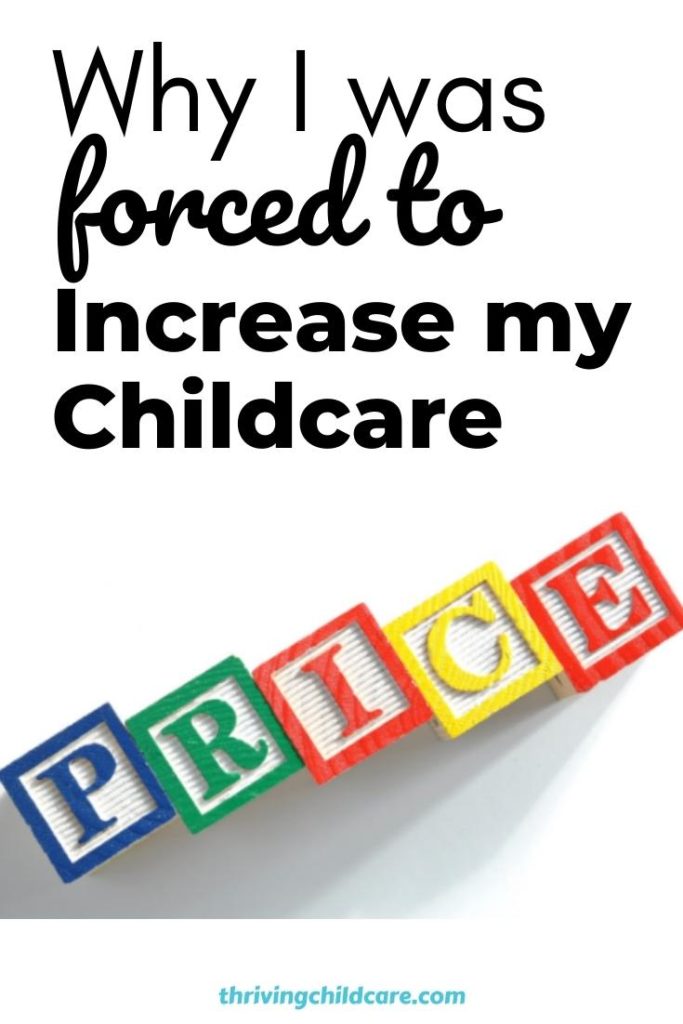

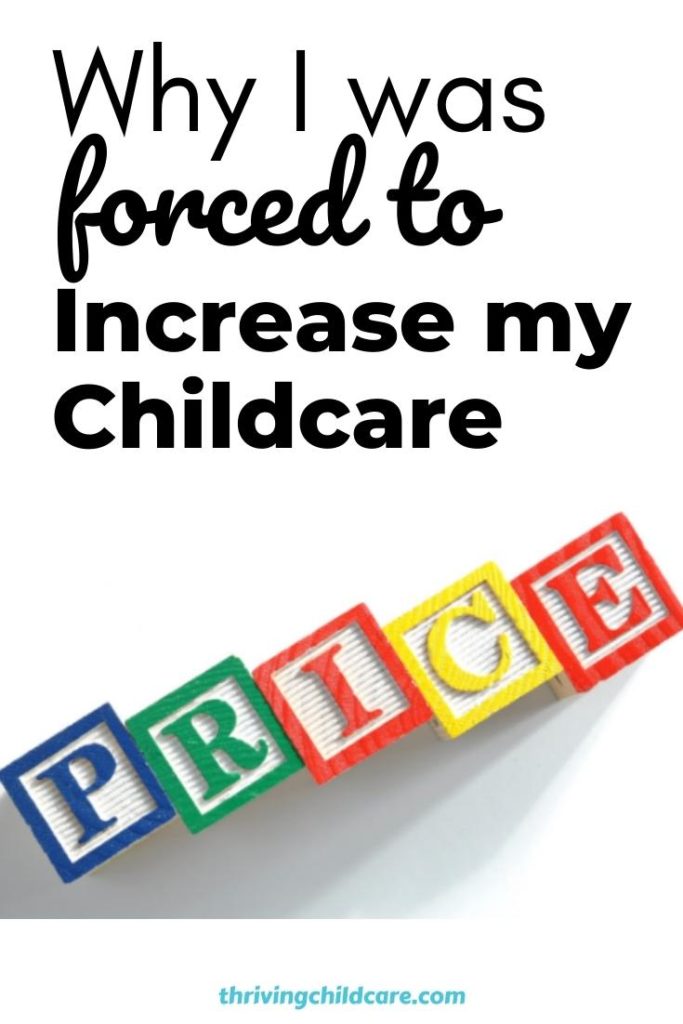

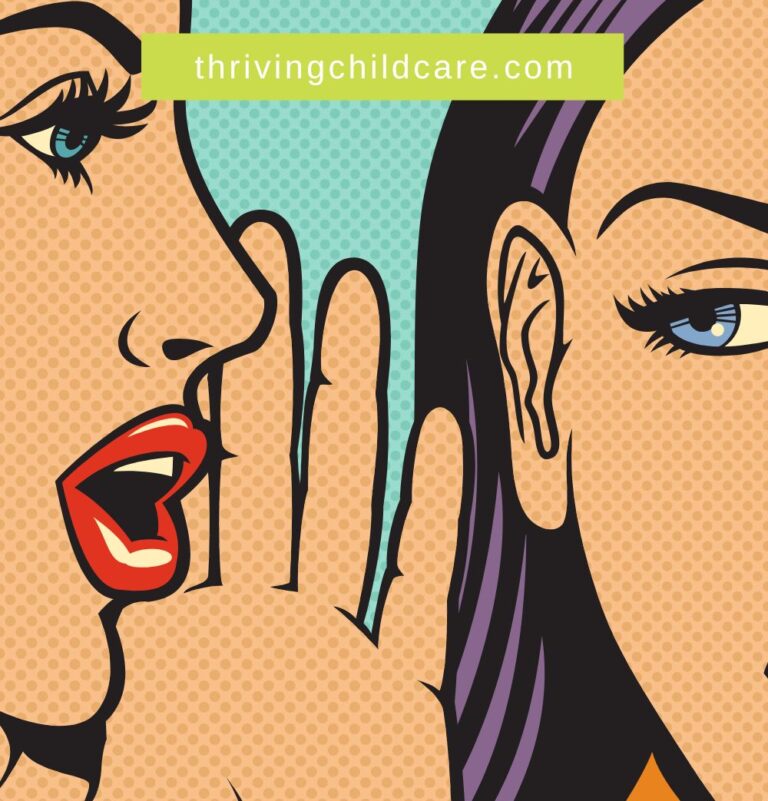

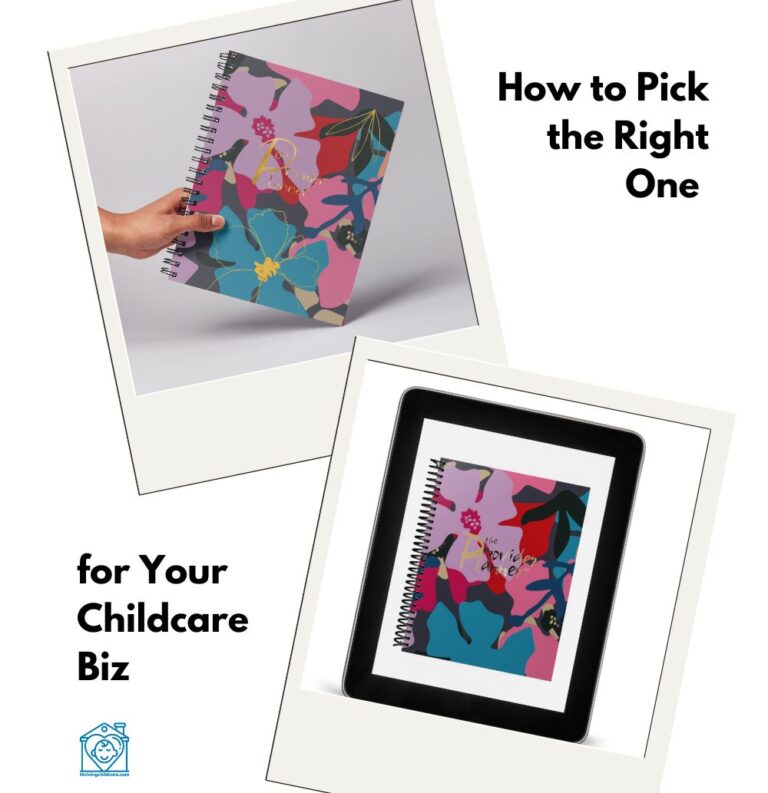



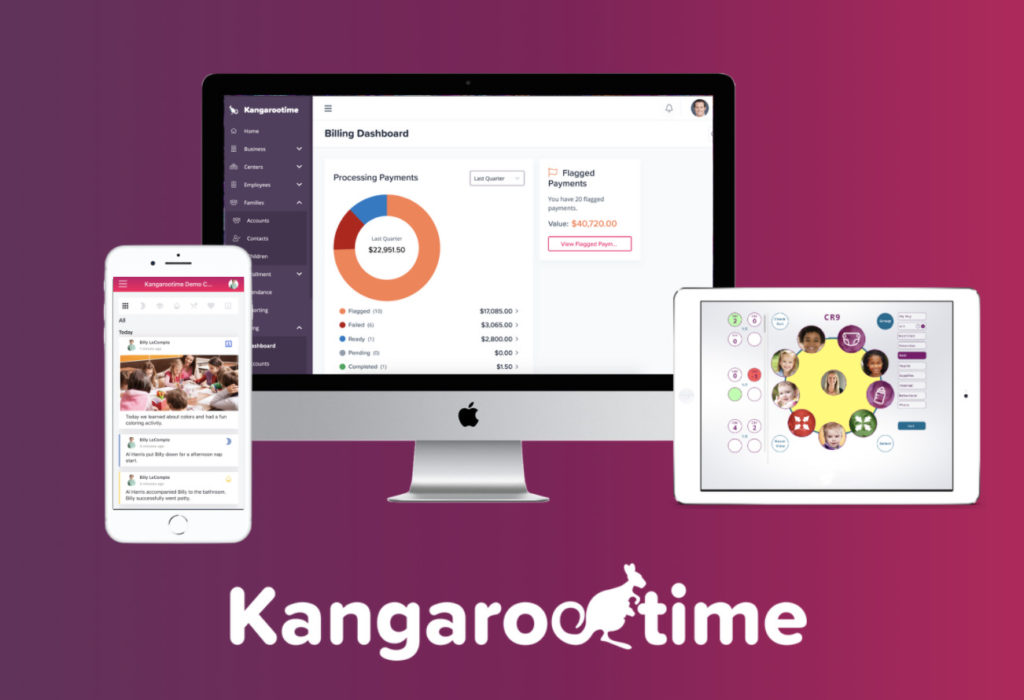

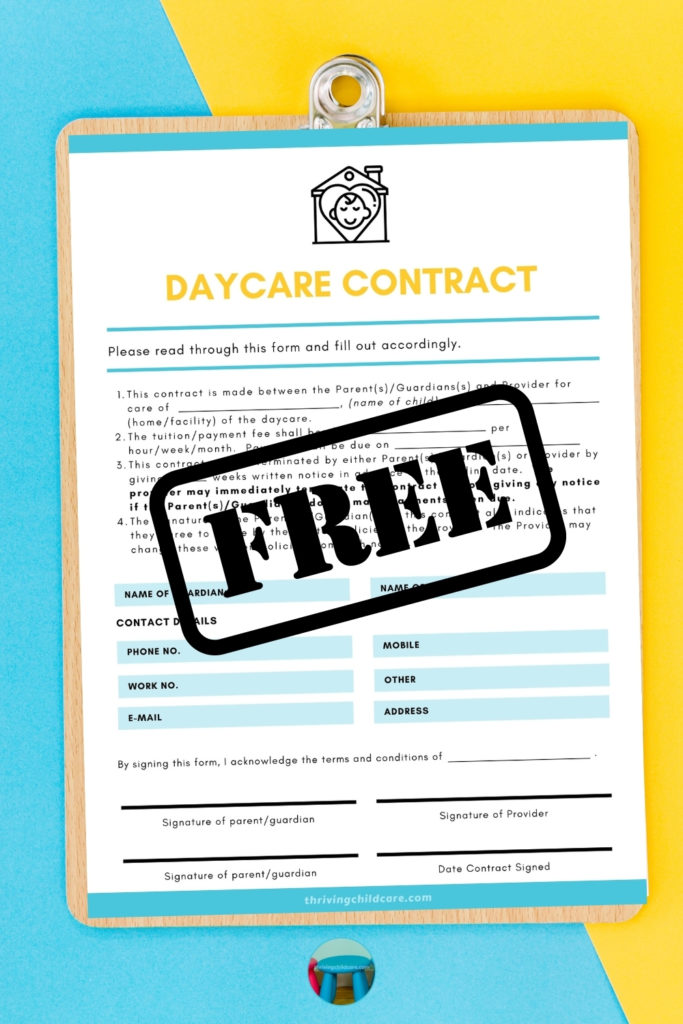
2 Responses
Great article! Very true! Those are premium spots.
Absolutely! They are. Thanks Deanne!